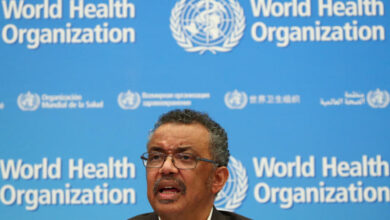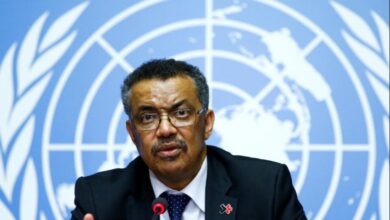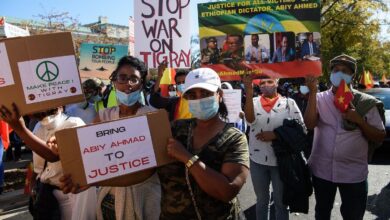
The Ethiopian government health authorities have started the second-round polio campaign with type 2 novel oral polio vaccine (nOPV2), reported The Reliefweb. The mass polio campaign is aimed at protecting over 16 million under-five children from disability and death attributed to the ongoing polio outbreak in the country.
The four-day campaign will be conducted in all regions except Tigray, Addis Ababa, and Afar, where the first-round campaign was held in early April. There should be a four-week interval between the first and second doses of the polio vaccine.
The polio vaccination campaign is being carried out by the Ethiopian Public Health Institute (EPHI) and the emergency operation centers (EOCs) with support from partners.
The nOPV2 vaccine is a new tool approved through an Emergency Use Listing (EUL) procedure. The new vaccine replaces the monovalent type 2 oral poliovirus (mOPV2) vaccine based on its superiority on proven protection against type 2 circulating vaccine-derived poliovirus (cVDPV2).
Dr. Boureima Hama Sambo, WHO Representative in Ethiopia, said the new vaccine has been introduced in the African Region to ensure, with other polio vaccines, that all forms of polio are eradicated so that children living in areas with low immunization coverage will be adequately protected against polio infection and subsequent paralysis.
More than 100 technical staff and consultants have been deployed to support the campaign across the country. WHO staff and consultants are also directly supervising and monitoring the campaign implementation in the communities. WHO has also deployed vehicles to facilitate the transport of vaccines to Ethiopian vaccination sites.
Immunization partners, including UNICEF, the U.S. Centers for Disease Control and Prevention, the Bill and Melinda Gates Foundation, and implementing partners of USAID are on the ground to support the polio vaccination campaign.
In related news, over 23 million young children across southern Africa are being given vaccinations against wild polio after an outbreak of the virus was detected in Malawi in February this year, the first time since 1992.






